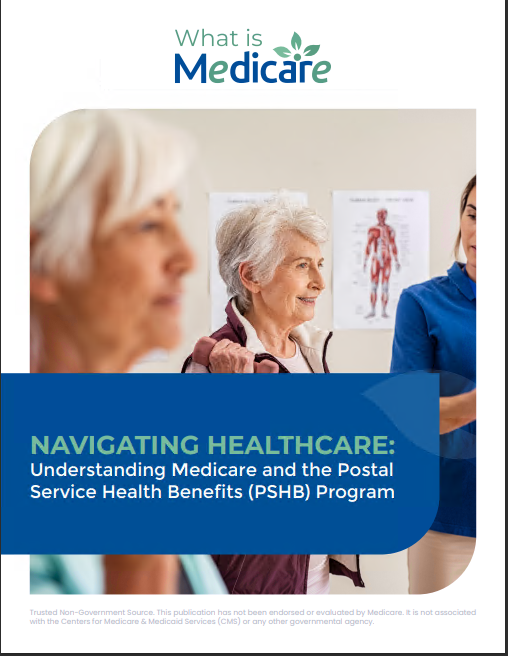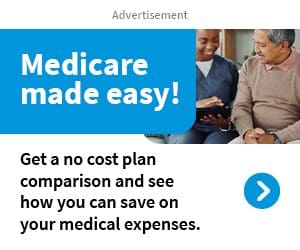Medicare Costs
While Medicare provides essential healthcare coverage for millions of Americans, understanding the costs associated with Medicare is crucial for beneficiaries to budget effectively and make informed decisions about their healthcare. From premiums and deductibles to coinsurance and out-of-pocket expenses, navigating Medicare costs can be complex. In this guide, we’ll explore the various components of Medicare costs, how they impact beneficiaries, and strategies for managing healthcare expenses while maximizing coverage.
Understanding Medicare Premiums
Medicare premiums are the monthly fees paid by beneficiaries to maintain coverage. Here’s an overview of Medicare premiums:
- Medicare Part A Premiums: Most beneficiaries do not pay a premium for Medicare Part A (hospital insurance) if they or their spouse paid Medicare taxes while working. However, if you didn’t work and pay Medicare taxes, you may have to pay a premium for Part A coverage.
- Medicare Part B Premiums: Beneficiaries typically pay a monthly premium for Medicare Part B (medical insurance). The standard Part B premium amount is set annually by the Centers for Medicare & Medicaid Services (CMS) and may be subject to income-related adjustments for higher-income beneficiaries.
- Medicare Part C (Medicare Advantage) Premiums: If you’re enrolled in a Medicare Advantage plan (Part C), you may pay a premium in addition to your Part B premium. The cost of Medicare Advantage premiums varies depending on the plan and insurance provider.
- Medicare Part D Premiums: Medicare Part D provides prescription drug coverage and is available through private insurance companies approved by Medicare. Beneficiaries typically pay a monthly premium for Part D, which varies depending on the specific plan chosen. Similar to Part B, higher-income beneficiaries may be subject to income-related monthly adjustment amounts (IRMAA) for their Part D premium. Additionally, some Part D plans may have deductibles and copayments or coinsurance for medications.
Understanding your Medicare premiums is essential for budgeting healthcare expenses and ensuring continuous coverage.
Medicare deductibles are the amounts beneficiaries must pay out of pocket before their coverage kicks in. Here’s what you need to know about Medicare deductibles:
- Medicare Part A Deductible: Beneficiaries may be responsible for a deductible for each benefit period when admitted to a hospital or skilled nursing facility under Medicare Part A. The deductible amount is set annually by CMS.
- Medicare Part B Deductible: Beneficiaries are responsible for an annual deductible before Medicare Part B coverage begins. Once the deductible is met, Medicare typically covers 80% of the Medicare-approved amount for covered services, and the beneficiary is responsible for the remaining 20%.
Understanding your Medicare deductibles can help you anticipate healthcare expenses and plan accordingly.
Copayments and Coinsurance
In addition to premiums and deductibles, Medicare beneficiaries may be responsible for copayments and coinsurance for certain services. Here’s how copayments and coinsurance work:
- Copayments: A copayment is a fixed amount that beneficiaries pay for covered services, such as doctor visits or prescription medications. Copayment amounts may vary depending on the type of service and the terms of your Medicare plan.
- Coinsurance: Coinsurance is a percentage of the Medicare-approved amount for covered services that beneficiaries are responsible for paying. For example, if Medicare covers 80% of the cost of a service, the beneficiary would be responsible for paying the remaining 20% as coinsurance.
Understanding copayments and coinsurance is essential for budgeting healthcare expenses and managing out-of-pocket costs.
Out-of-Pocket Maximums and Limits
Medicare beneficiaries are protected by out-of-pocket maximums, which limit the amount of money they can spend on covered services in a given year. Here’s what you need to know about out-of-pocket maximums:
- Medicare Part A Out-of-Pocket Maximum: While Medicare Part A does not have an out-of-pocket maximum for hospital stays, beneficiaries may be responsible for coinsurance for extended stays.
- Medicare Part B Out-of-Pocket Maximum: Medicare Part B does not have an out-of-pocket maximum, but beneficiaries can purchase supplemental insurance, such as Medicare Supplement Insurance (Medigap), to help cover out-of-pocket costs.
- Medicare Advantage Out-of-Pocket Maximum: Medicare Advantage plans have annual out-of-pocket maximums, which limit the amount beneficiaries are required to pay for covered services each year. Once the out-of-pocket maximum is reached, the plan typically covers 100% of additional covered services for the remainder of the year.
- Medicare Part D Out-of-Pocket Costs: Medicare Part D plans also involve various out-of-pocket costs, including monthly premiums, annual deductibles, and copayments or coinsurance for prescription drugs. Additionally, there is a coverage gap known as the “donut hole,” where beneficiaries may pay a higher share of drug costs after reaching a certain spending limit until they hit catastrophic coverage. After reaching the catastrophic coverage threshold, beneficiaries pay significantly lower coinsurance or copayments for the remainder of the year.
Understanding out-of-pocket maximums can provide financial peace of mind and protect beneficiaries from excessive healthcare expenses.
Managing Medicare Costs Effectively
To manage Medicare costs effectively, consider the following strategies:
- Review Your Coverage Options Annually: Medicare costs and coverage may change from year to year, so it’s essential to review your plan options during the annual enrollment period (October 15 to December 7) and make any necessary changes to ensure your coverage meets your healthcare needs and budget.
- Explore Cost-Saving Opportunities: Take advantage of preventive services covered by Medicare, such as screenings and vaccinations, to detect health issues early and avoid more costly treatments down the line. Additionally, generic alternatives to prescription medications should be considered, and prices at different pharmacies should be compared to save money on prescription drug costs.
- Consider Supplemental Coverage: If you have Original Medicare (Parts A and B), consider purchasing supplemental insurance, such as Medicare Supplement Insurance (Medigap), to help cover out-of-pocket costs like deductibles, coinsurance, and copayments. Alternatively, if you’re enrolled in a Medicare Advantage plan, review the plan’s coverage and cost-sharing structure to ensure it meets your needs.
By taking proactive steps to manage Medicare costs and make informed decisions about your coverage, you can ensure access to quality healthcare while protecting your financial well-being.
Conclusion: Navigating Medicare Costs with Confidence
Understanding Medicare costs is essential for beneficiaries to budget effectively and make informed decisions about their healthcare coverage. From premiums and deductibles to copayments and coinsurance, navigating the complexities of Medicare expenses requires careful consideration and planning.
Empower yourself with knowledge, explore your coverage options, and take proactive steps to manage healthcare costs while maximizing coverage. Remember, licensed insurance agents and valuable resources are available to provide personalized assistance and support throughout your Medicare journey. Ready to dive deeper into understanding Medicare costs and maximizing your coverage? Download our free eBook.



